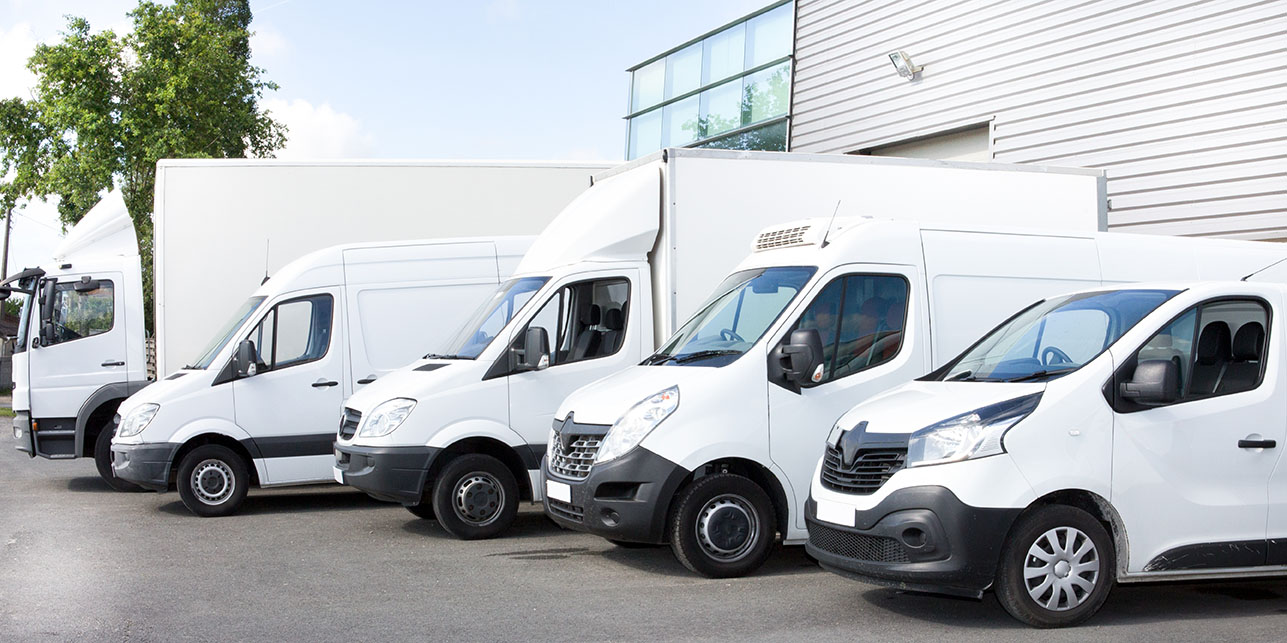

A vehicle is a machine that is used for transportation. It can be powered by a variety of sources, including gasoline, diesel, electricity, or even human power.
Vehicles can be classified into different types, based on their size, their purpose, and their method of propulsion. Some common types of vehicles include cars, trucks, buses, trains, aeroplanes, and boats.
Vehicles are an important part of our society. They allow us to travel long distances quickly and easily. They also help us to transport goods and materials around the world.
Vehicles have a significant impact on the environment. They produce emissions that contribute to air pollution. They also consume fossil fuels, which contribute to climate change.
There are a number of ways to reduce the environmental impact of vehicles. We can drive less, carpool, and use public transportation. We can also choose vehicles that are more fuel-efficient and that produce fewer emissions.
The ambulance is a vehicle that is used to transport sick or injured people.

Noun:
Adjective: of or relating to a vehicle.
The word "vehicle" comes from the Latin word "vehiculum", which means "a means of carrying".
The first recorded use of the word "vehicle" in English was in the 14th century.
What examples of vehicles can you list?
Question:
Explain the concept of kinetic energy in the context of a moving vehicle. Describe how kinetic energy is influenced by an object's mass and velocity, and provide an example to illustrate these principles.
Answer:
Kinetic energy is the energy an object possesses due to its motion. In the context of a moving vehicle, kinetic energy is the energy it has because of its speed and mass. The faster the vehicle is moving and the more massive it is, the greater its kinetic energy.
Mathematically, kinetic energy (KE) is calculated using the formula: KE = 0.5 * mass * velocity^2.
For instance, let's compare a small car and a large truck travelling at the same speed of 60 mph. Despite both having the same velocity, the truck, being more massive, will have significantly higher kinetic energy due to its greater mass. In contrast, the smaller car with less mass will have lower kinetic energy.
This relationship between mass and kinetic energy emphasizes that the energy of a moving object depends not only on its speed but also its mass. Understanding kinetic energy is crucial for assessing the potential impacts of moving objects, such as vehicles, and plays a fundamental role in various aspects of physics and engineering, including vehicle safety and design considerations.